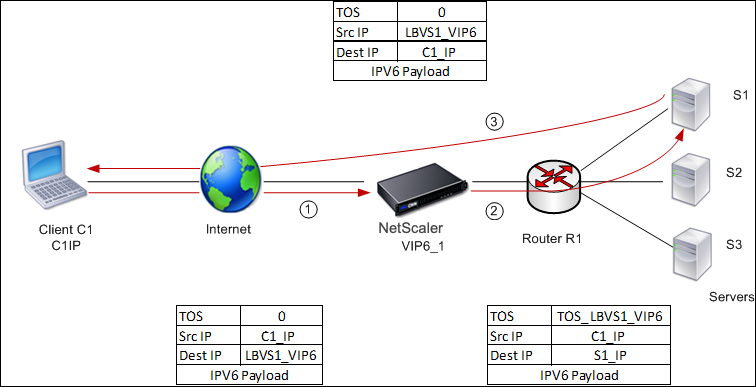This content has been machine translated dynamically.
Dieser Inhalt ist eine maschinelle Übersetzung, die dynamisch erstellt wurde. (Haftungsausschluss)
Cet article a été traduit automatiquement de manière dynamique. (Clause de non responsabilité)
Este artículo lo ha traducido una máquina de forma dinámica. (Aviso legal)
此内容已经过机器动态翻译。 放弃
このコンテンツは動的に機械翻訳されています。免責事項
이 콘텐츠는 동적으로 기계 번역되었습니다. 책임 부인
Este texto foi traduzido automaticamente. (Aviso legal)
Questo contenuto è stato tradotto dinamicamente con traduzione automatica.(Esclusione di responsabilità))
This article has been machine translated.
Dieser Artikel wurde maschinell übersetzt. (Haftungsausschluss)
Ce article a été traduit automatiquement. (Clause de non responsabilité)
Este artículo ha sido traducido automáticamente. (Aviso legal)
この記事は機械翻訳されています.免責事項
이 기사는 기계 번역되었습니다.책임 부인
Este artigo foi traduzido automaticamente.(Aviso legal)
这篇文章已经过机器翻译.放弃
Questo articolo è stato tradotto automaticamente.(Esclusione di responsabilità))
Translation failed!
用例 6:使用 TOS 字段为 IPv6 网络配置 DSR 模式下的负载平衡
当 NetScaler 设备和服务器位于不同的网络中时,您可以使用服务类型 (TOS) 字段在 IPv6 网络的直接服务器返回 (DSR) 模式下配置负载平衡。
注意: TOS 字段也称为“流量类”字段。
在 DSR 模式下,当客户端向 NetScaler 设备上的 VIP6 地址发送请求时,设备会将数据包的目标 IPv6 地址更改为服务器的 IPv6 地址,并在 IPv6 标头的 TOS(也称为流量类别)字段中设置 VIP6 地址的编码值,从而将此请求转发到服务器。您可以将服务器配置为使用 TOS 字段中的信息从编码值中获取 VIP6 地址,然后将其用作响应数据包中的源 IP 地址。响应流量绕过设备直接进入客户端。
举一个例子,其中在 NetScaler 设备 NS1 上配置的负载平衡虚拟服务器 LBVS1 用于对服务器 S1、S2 和 S3 之间的流量进行负载平衡。NetScaler 设备 NS1 和服务器 S1、S2 和 S3 位于不同的网络中,因此路由器 R1 部署在 NS1 和服务器之间。

下表列出了此示例中使用的设置。
| 实体 | 名称 |
|---|---|
| 客户端 C1 的 IPv6 地址 | C1_IP(仅供参考) |
| NS1 上的负载平衡虚拟服务器 | LBVS1 |
| LBVS1 的 IPv6 地址 | LBVS1_VIP6(仅供参考之用) |
| TOS 价值 | TOS_LBVS1_VIP6(仅供参考之用) |
| 为 NS1 上的服务器 S1 提供服务 | SVC_S1 |
| 服务器 S1 的 IPv6 地址 | S1_IP(仅供参考之用) |
| 在 NS1 上为服务器 S2 提供服务 | SVC_S2 |
| 服务器 S1 的 IPv6 地址 | S2_IP(仅供参考之用) |
| 在 NS1 上为服务器 S3 提供服务 | SVC_S3 |
| 服务器 S1 的 IPv6 地址 | S3_IP(仅供参考之用) |
以下是示例场景中的流量:
- 客户端 C1 向虚拟服务器 LBVS1 发送请求。
- LBVS1 的负载平衡算法选择服务器 S1,设备打开与 S1 的连接。NS1 通过以下方式向 S1 发送请求:
- TOS 字段设置为 TOS_LBVS1_VIP6。
- 来源 IP 地址为 C1_IP。
- 服务器 S1 在收到请求后,使用 TOS 字段中的信息推导出 LBVS1_VIP6 地址,这是 NS1 上虚拟服务器 LBVS1 的 IP 地址。服务器绕过设备直接向 C1 发送响应,使用:
- 源 IP 地址设置为 derivedLbvs1_VIP6 地址,以便客户端与 NS1 上的虚拟服务器 LBVS1 通信,而不是与服务器 S1 通信。
要使用 TOS 在 DSR 模式下配置负载平衡,请在设备上执行以下步骤
- 全局启用 USIP 模式。
- 将服务器添加为服务。
- 使用 TOS 值配置负载平衡虚拟服务器。
- 将服务绑定到虚拟服务器。
使用命令行界面在 DSR 模式下使用 TOS 配置负载平衡
在命令提示符下,键入:
enable ns mode USIP
add service <serviceName> <IP> <serviceType> <port>
<!--NeedCopy-->
根据需要多次重复前面的命令,将每台服务器作为服务添加到 NetScaler 设备上。
add lb vserver <name> <serviceType> <ip> <port> -m <redirectionMode> -tosId <positive_integer>
bind lb vserver <vserverName> <serviceName>
<!--NeedCopy-->
使用配置实用程序启用 USIP 模式
导航到 系统 > 设置 > 配置模式,然后选择 使用源 IP 地址。
使用配置实用程序创建服务
导航到 流量管理 > 负载平衡 > 服务,然后创建服务。
使用配置实用程序创建负载平衡虚拟服务器和绑定服务
- 导航到 流量管理 > 负载平衡 > 虚拟服务器,然后创建虚拟服务器。
- 单击“服务”部分将服务绑定到此虚拟服务器。
共享
共享
This Preview product documentation is Cloud Software Group Confidential.
You agree to hold this documentation confidential pursuant to the terms of your Cloud Software Group Beta/Tech Preview Agreement.
The development, release and timing of any features or functionality described in the Preview documentation remains at our sole discretion and are subject to change without notice or consultation.
The documentation is for informational purposes only and is not a commitment, promise or legal obligation to deliver any material, code or functionality and should not be relied upon in making Cloud Software Group product purchase decisions.
If you do not agree, select I DO NOT AGREE to exit.